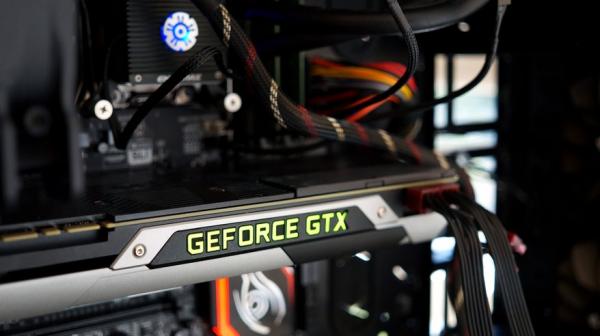
How To Overclock Your Graphics Card
We’ve all gone a bit giddy over Nvidia’s new 900-series graphics cards. The GTX 980 and 970 are both massive overclockers—the 970 overclocked can run almost as fast as the reference 980—and those overclock boosts help separate them from the still-fast AMD R9 cards and Nvidia GTX 700 series. But you don’t need a new graphics card to be able to indulge in a little GPU tweakery. If your card is a year or two (or three) old, overclocking is the best way to squeeze a little more life (and higher graphics settings) out of it without spending any money.
Years ago, eager overclockers did genuinely run the risk of cooking their chips. Overclocking wasn't the most user-friendly process. But now times have changed. There are so many safeguards in place in your silicon that you’d have to really try to brick your hardware while doing some standard overclocking. There is still a little risk to overclocking, however: depending on which aftermarket vendor made your card, you may void your warranty. If anything goes wrong, you'll probably just crash your machine and need to restart; you're unlikely to do serious damage to your graphics card unless your overclock keeps the card at dangerous temperatures for long periods of time.
Every GPU is different, and some cards are champion overclockers. I was able to break the 1.5GHz barrier with my GTX 970 G1 Gaming edition, partly because Gigabyte specially check their overclocking card’s chips to make sure they’re the ones with the most headroom. I was able to get mighty close to 1.5GHz with my reference GTX 980 too, but the extra cooling of the Gigabyte card meant my GTX 970 also runs an awful lot cooler.

Temperature is something to think about before you start tweaking your GPU. If you’ve got an AMD Radeon R9 290X with a stock cooler then your card is likely to be running at some 93ºC under load already. You’re not going to get anywhere overclocking that beastly GPU. If you're stuck with a bad cooler, you can pick up third-party GPU coolers to fit yourself, though it may be time for a GPU upgrade. Arctic do some impressive aftermarket coolers for the homebrew crowd. Using their Accelero Xtreme IV I was able to run my reference R9 290X at just 66ºC compared to the 93ºC it was running at with the stock cooler.
Once your card is fit for overclocking—and if you have an aftermarket card from Asus, Gigabyte, Sapphire, EVGA, or another vendor, it's probably raring to go—it's time to dig into some overclocking software.
Interesting! Read more from the post!
Edited by Empire


